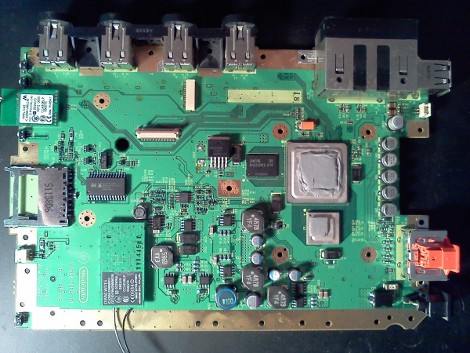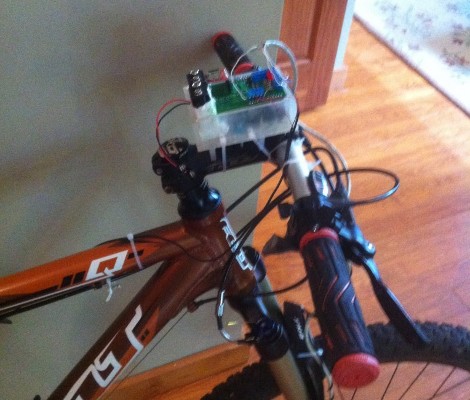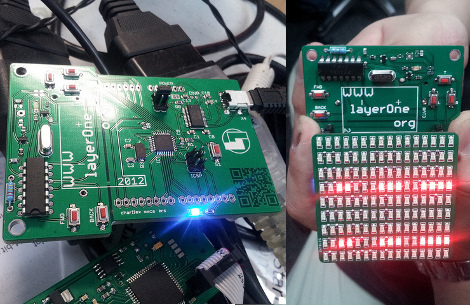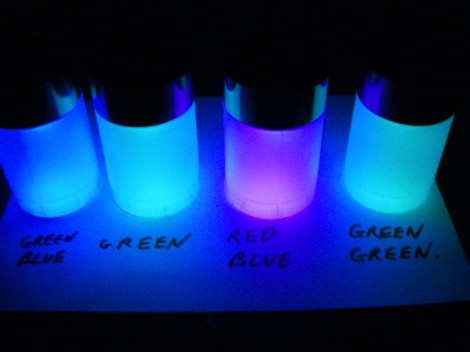
This home is heated by a wood stove in the winter, which also produces hot water. But the other three seasons it’s an electric water heater that does the work. This latest hack is a solar collector meant to take over the hot water production work for the house. it uses basic building materials and rudimentary construction skills, making it much more approachable than trying to make electricity from the sun.
It’s really just a wood box with a glass lid. The inside has been painted black, and the black tubing that snakes through it holds the water. A three-way valve lets the homeowner patch into the hot water reservoir. The collector is lower than the reservoir, so the heated water makes its way back into the tank as cooler water takes its place. Not bad for an entirely passive system!
[Thanks Minde]

















